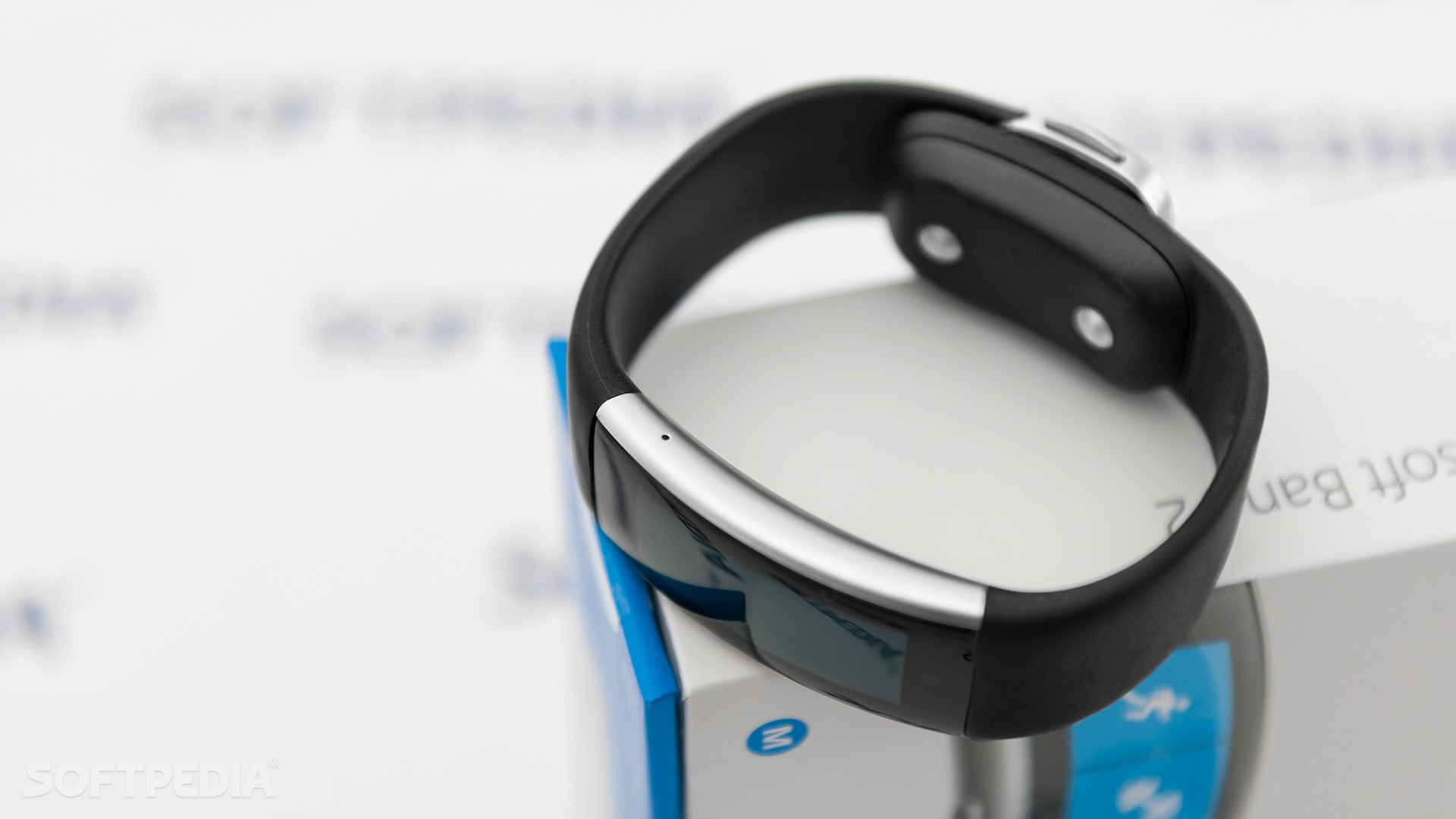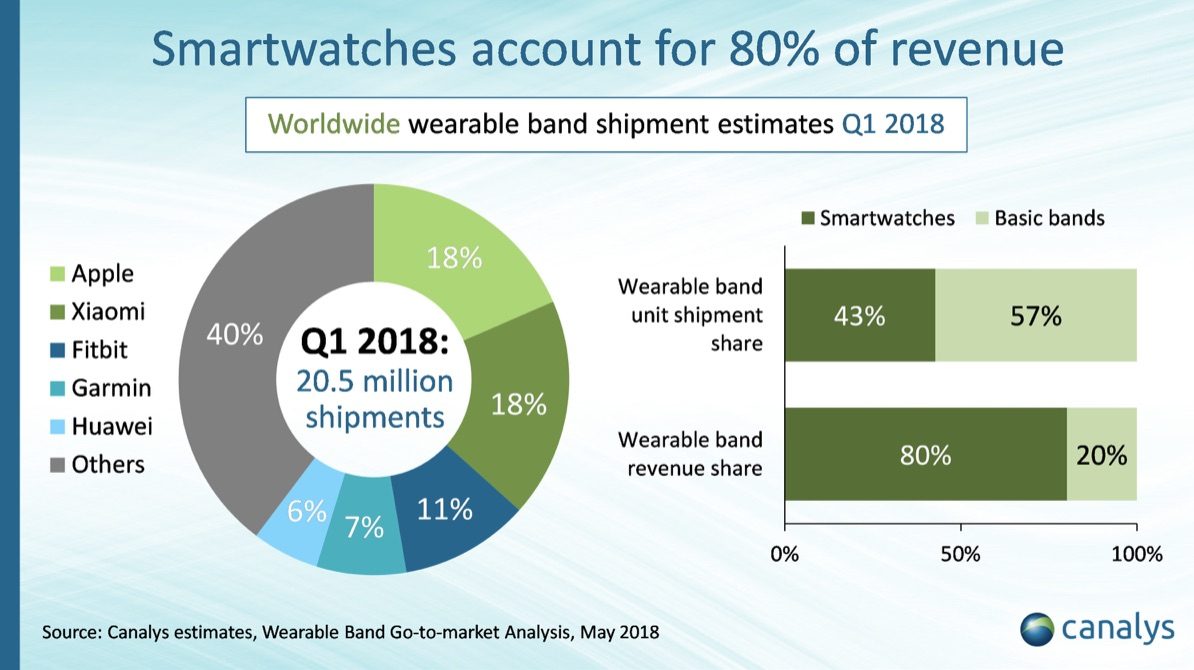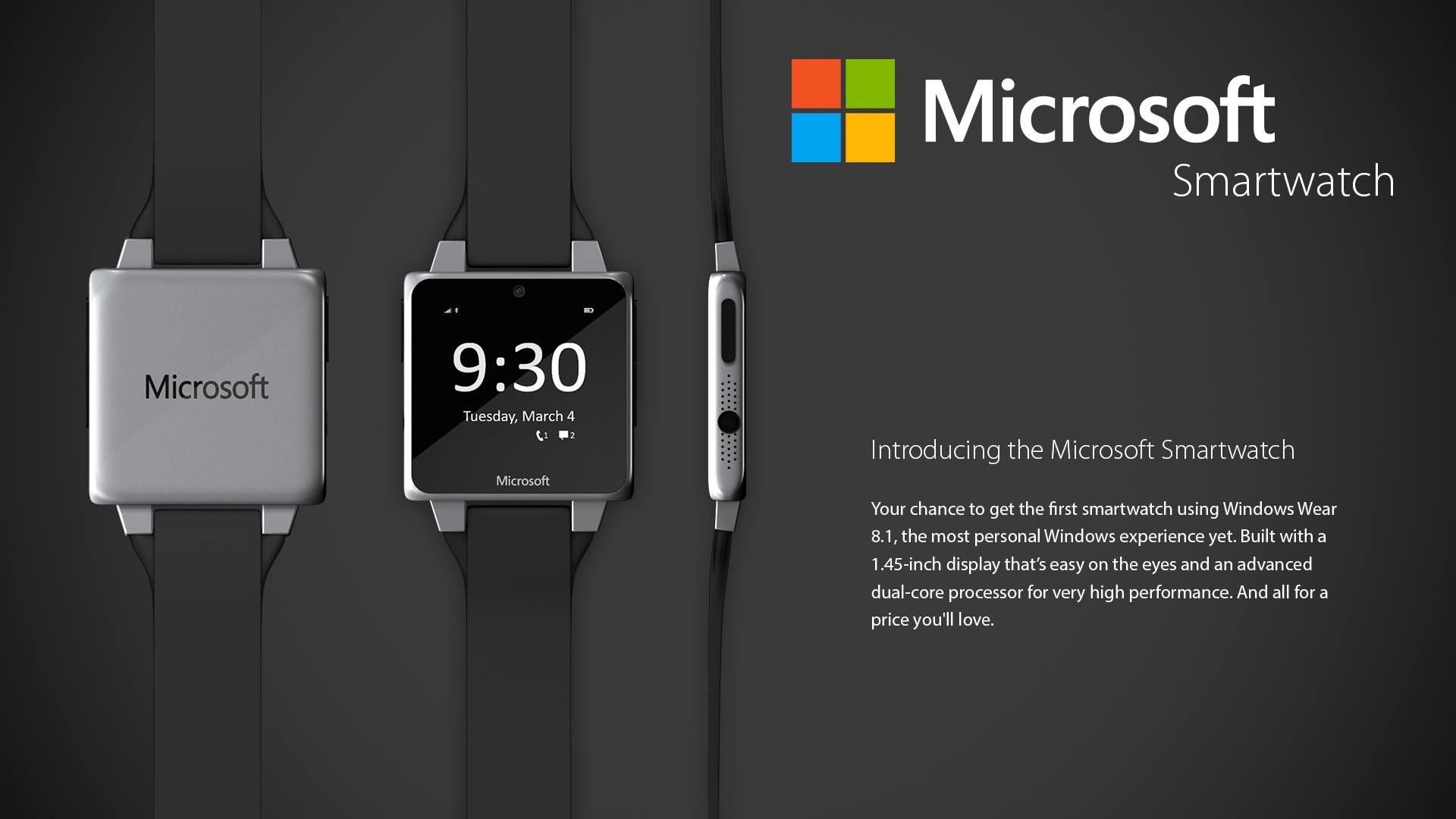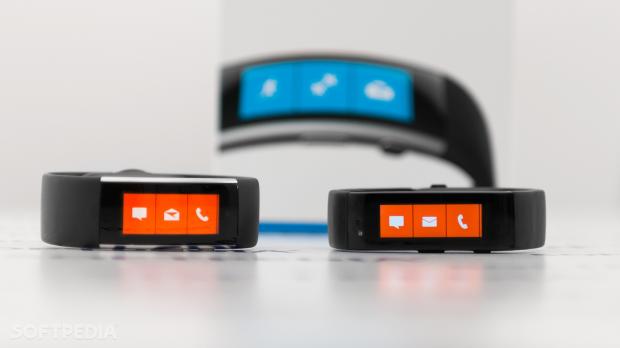Microsoft has abandoned the wearable market after the second-generation Microsoft Band, and in spite of rumors that the company might be considering a new smartwatch, such a device is nowhere to be seen.
Despite being rather short-lived, the Microsoft Band was a super-advanced activity tracker, way ahead of its rivals at that time. It offered features that only a few or even no competitors had, like a UV sensor, and introduced capabilities previously available on more complex and expensive devices, such as heart rate zones.
But for some reason, Microsoft suddenly decided to abandon this particular industry, leaving the Microsoft Band behind and exiting the wearable market.
And despite rumors of a third-generation Microsoft Band and an Xbox-branded smartwatch, such a device is still nowhere to be seen. Which is odd, to say the least, especially when considering the following:
#1 – Smartwatches are a continuously growing market
Microsoft has tried to evolve beyond its software focus and invest more in other products, with the Surface lineup being the living proof that hardware is now a priority for the company. And while cloud services and Office 365 are the ones spearheading Microsoft’s growth, there’s no doubt that hardware has so much potential that it could rapidly become a catalyst of the same trend.
Smartwatches are now a continuously growing market, and data provided by research firm Canalys earlier this month revealed that they account for 80 percent of the total revenue in the wearable business.
A total of 20.5 million units were sold in the first quarter of the year, and no less than 59 percent of models with LTE support were Apple Watches. This shows just how fast this market has evolved and how Apple managed in a few years to become the leader of an industry previously dominated by Fitbit.
Furthermore, analyst estimates claim that smartwatch unit sales could double in 2018, growing to no less than 141 million units from only 5 million units back in 2014.
#2 – Microsoft has the know-how to build a smartwatch
The first- and second-generation Microsoft Band were both living proof that Microsoft has the know-how to build a powerful smartwatch and the company’s appetite for innovation could help in this regard as well.
As said, Microsoft Band came with features that put the device way ahead of its rivals at that time, and offered support for all mobile platforms, a thing that Apple still refuses to do at this point.
Microsoft had the correct approach, a rich feature arsenal, but lacked design capabilities. It’s well-known that Microsoft Band design flaws led to issues such as broken bands or exposed batteries, and these could actually be reasons that pushed Microsoft to abandon the project.
But, in the end, Microsoft does have the capabilities to get this right, and even if it didn’t, partnering with or taking over firms with more experience in this regard can help.
#3 – The ever-expanding Surface hardware family
Ever since it launched the first Surface model, Microsoft’s long-term plan for this new brand was to expand it with new devices based on completely unexplored ideas that would bring a series of benefits customers didn’t even know they were possible.
The 2-in-1 form factor itself was a brilliant idea, and projects like the Surface Studio all-in-one PC and the upcoming dual-screen Andromeda device are living proof that Microsoft retains this culture and is continuously looking to bring new ideas to mass production.
A Surface-branded smartwatch with new capabilities would clearly align with this strategy and would allow Microsoft to compete against the likes of Apple, but with a series of benefits like cross-platform support. Also, it would enable the Surface brand to expand beyond the desktop, a thing that was previously considered impossible without a smartphone.
Google itself is believed to be looking into a Pixel-branded watch, and the reasons mentioned above could be behind this project. Time will tell if Microsoft decides to explore this continuously-growing market, but if it doesn’t, it’s certainly a missed opportunity not to be late the party.
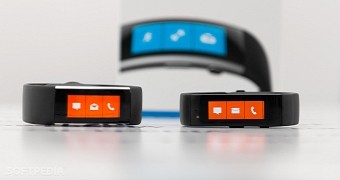
 14 DAY TRIAL //
14 DAY TRIAL // 